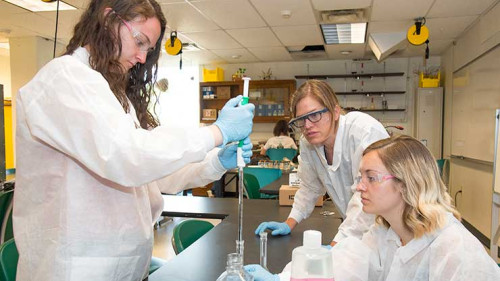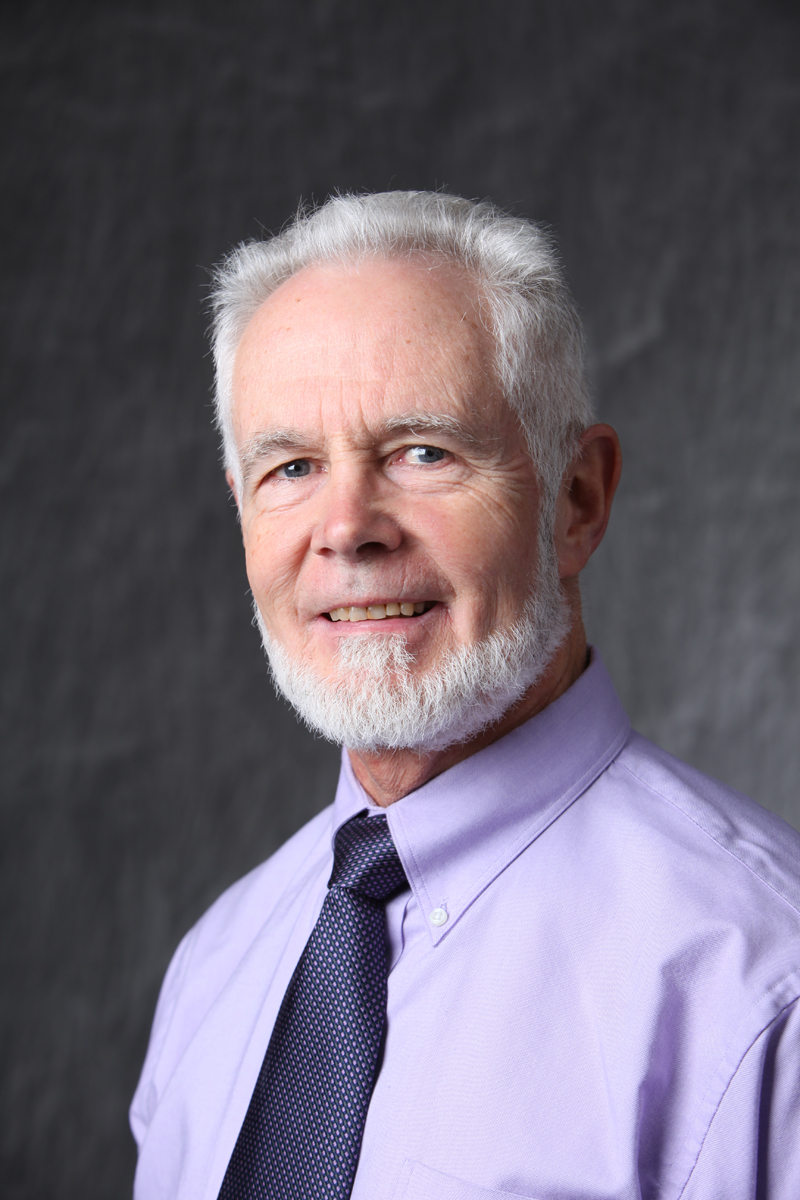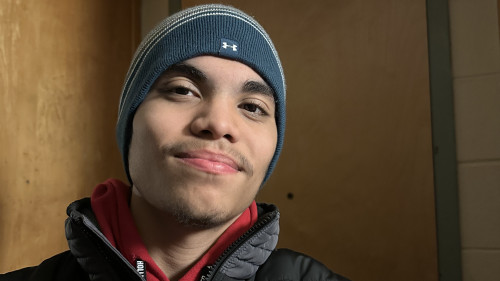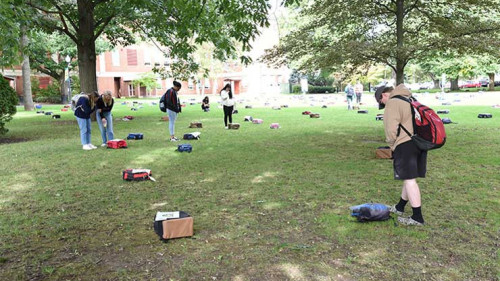

By Eric Guzman '12
Professor of Sociology Paul Murray, Ph.D. shared his research with members of the Siena community during his lecture “Catholics in the Civil Rights Movement.” Murray's speech was given as part of the Martin Luther King, Jr. and Coretta Scott King Lecture Series on Race and Nonviolent Social Change.
“Catholics were such an underrepresented group during the Civil Rights Movement,” explained Murray. “For the past five years I have been collecting these stories of Catholic civil rights activists and, as the days go by, I find even more. Telling their stories has become my mission.”
Murray’s study of Catholic civil rights activists has helped to answer three crucial questions about the transformational era in American history.
Who were the Catholic civil rights advocates and what did they contribute? While there were many accounts ofCatholic contributions, Murray highlighted three individuals who were especially important. He explained that a Freedom Fighter from Chicago named Diane Nash was one of the most remarkable heroes of the Civil Rights Movement. In 1960, Nash confronted the mayor of segregated Nashville, Tennessee and asked if he truly believed that service at lunch counters should be decided by a customer’s skin color. The mayor admitted he didn’t believe the idea was valid and lunch counters were soon desegregated.
Murray also discussed Bill Hansen, a student from Xavier University who started the Xavier Society for Interracial Relations and worked for racial equality in Cincinnati. In 1961, Hansen participated in a Freedom Ride from Montgomery, Alabama to Jackson, Mississippi. His efforts helped rally support to continue fighting for equality.
Finally, he highlighted Fr. Nathaniel Machesky, O.F.M. Machesky began the "Greenwood Movement" in Greenwood, Mississippi. Its goal was to achieve community respect and equal employment opportunities for all. Machesky convinced many Catholics in Greenwood to boycott downtown merchants and successfully demonstrated his passion for equality.
The second question Murray's research addressed was, how did Catholic involvement change the Civil Rights Movement? By 1963, word of the effort to support the Civil Rights Movement had reached the Catholic Church and members became more prominent in the movement. Interracial councils began to organize marches and gatherings that showed their desire for racial equality.
Finally, Murray analyzed the question, why did Catholics increase their involvement? Murray explained that some of the reasons for more Catholic involvement included their social mobility. With the election of President John F. Kennedy, the first Catholic to hold the country's highest elected position, Catholics began to enter the mainstream of American society and accepted the Civil Rights Movement as a legitimate cause to support.
“It was a very interesting lecture,” said Joseph Brennan ’13. “When people think about the Civil Rights Movement, they instantly think of Martin Luther King Jr. He did amazing things, but it was with the help of many other unnamed individuals.”
Murray is reaching the end of his research and plans to compile his findings in a book. His lecture was co-sponsored by the Reinhold Niebuhr Institute of Religion and Culture and the Franciscan Center for Catholic Studies.
The next installment of the Martin Luther King Jr. and Coretta Scott King Lecture Series on Race and Nonviolent Social Change will be on Tuesday, March 6, 2012. Director of Siena Research Institute, Don Levy, Ph.D. will be presenting his lecture, “Growing Flowers in the Desert: Reflection on the State of Our Public Educational System.”

